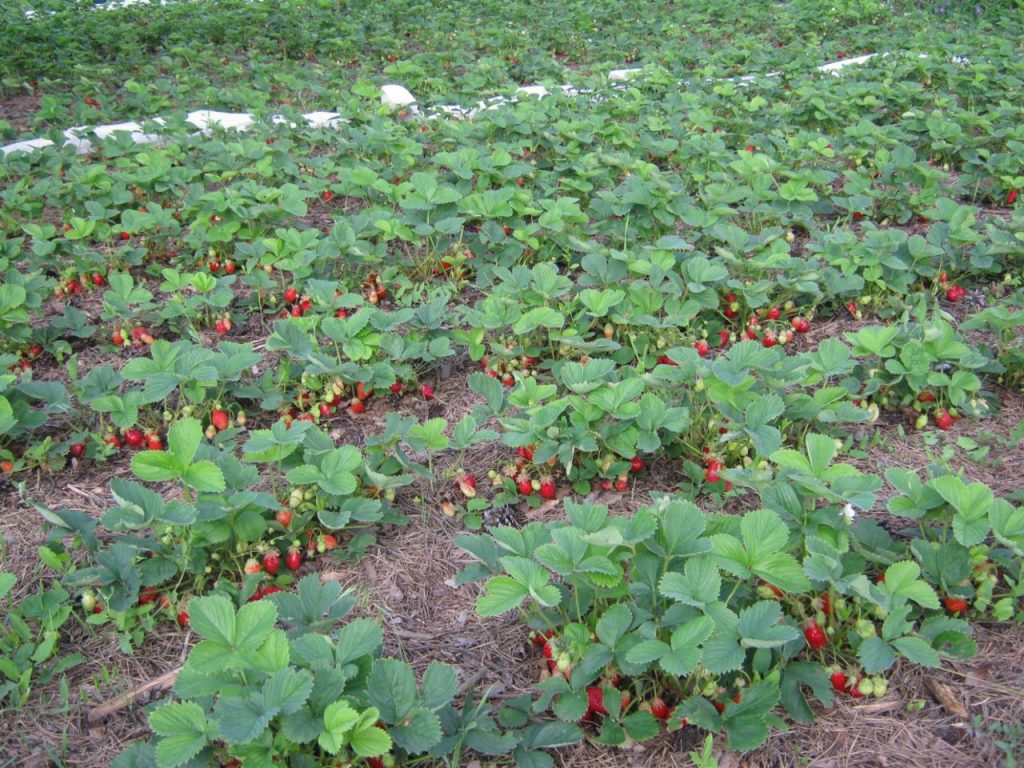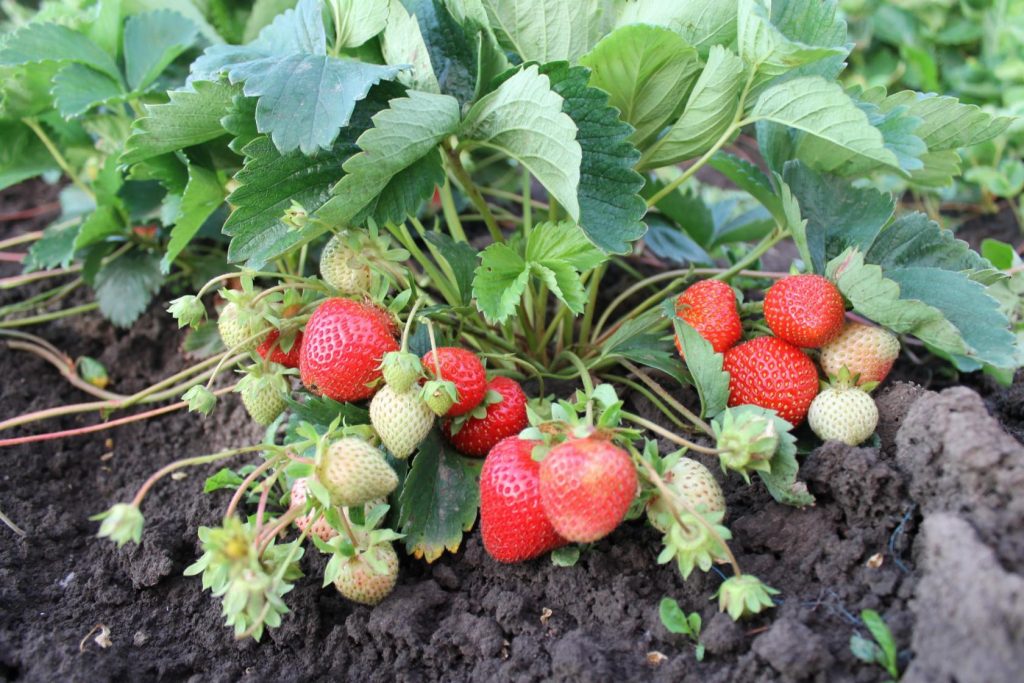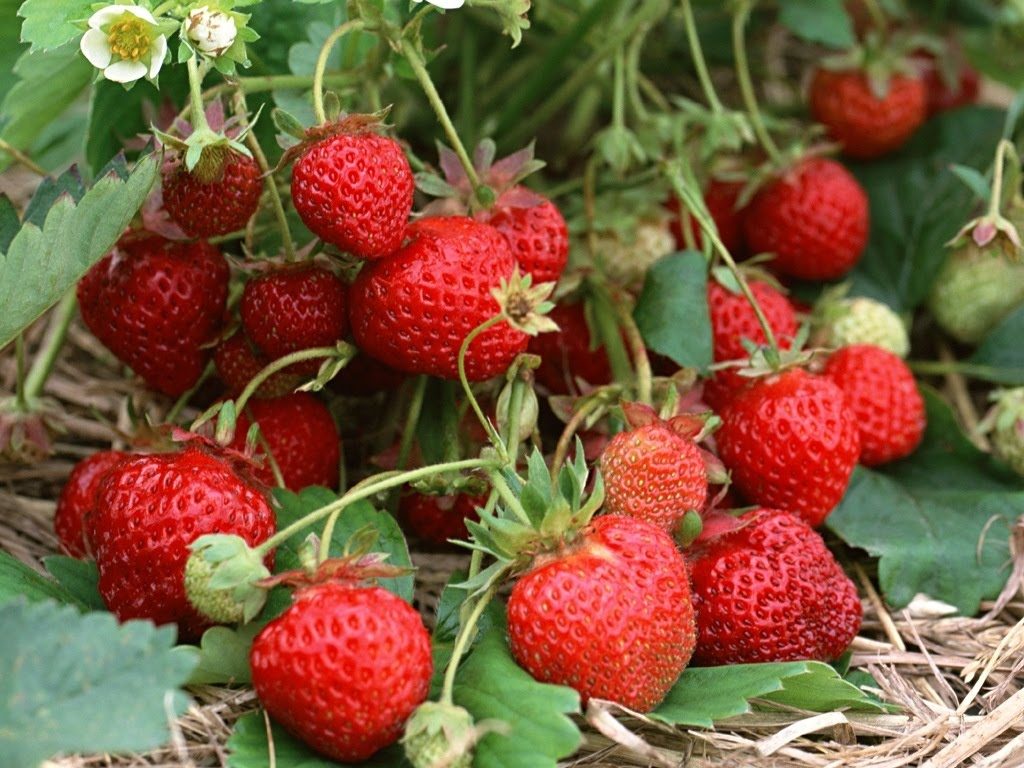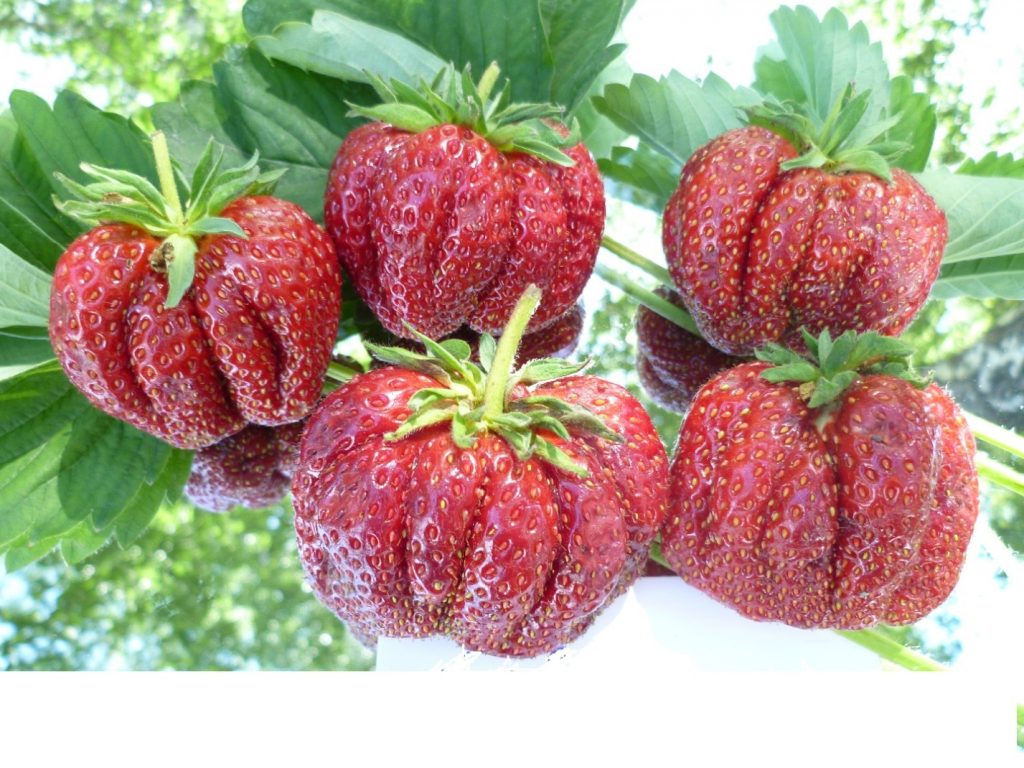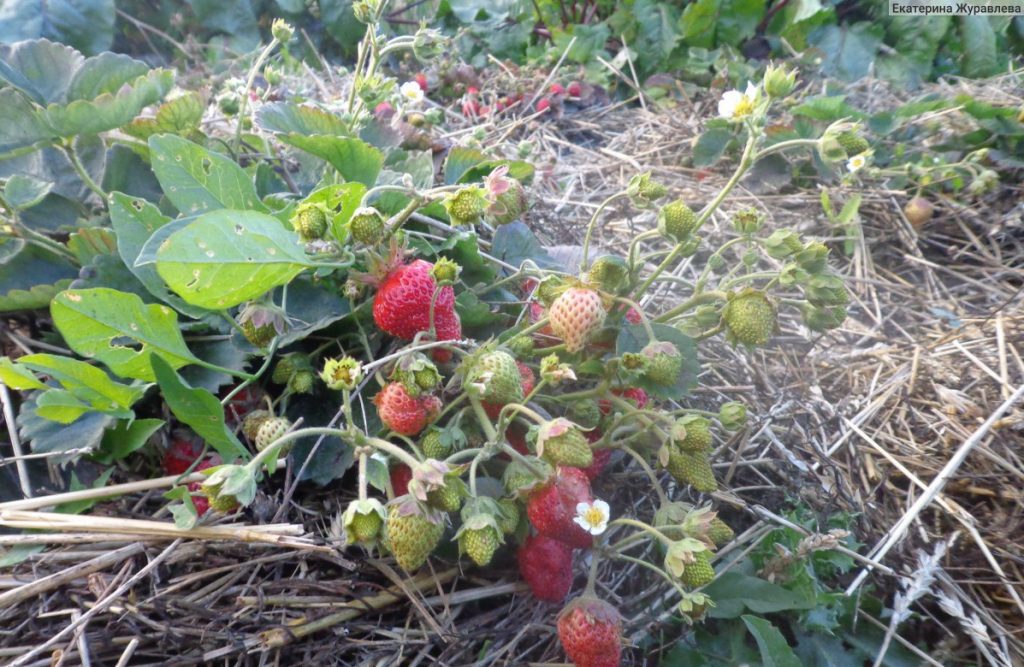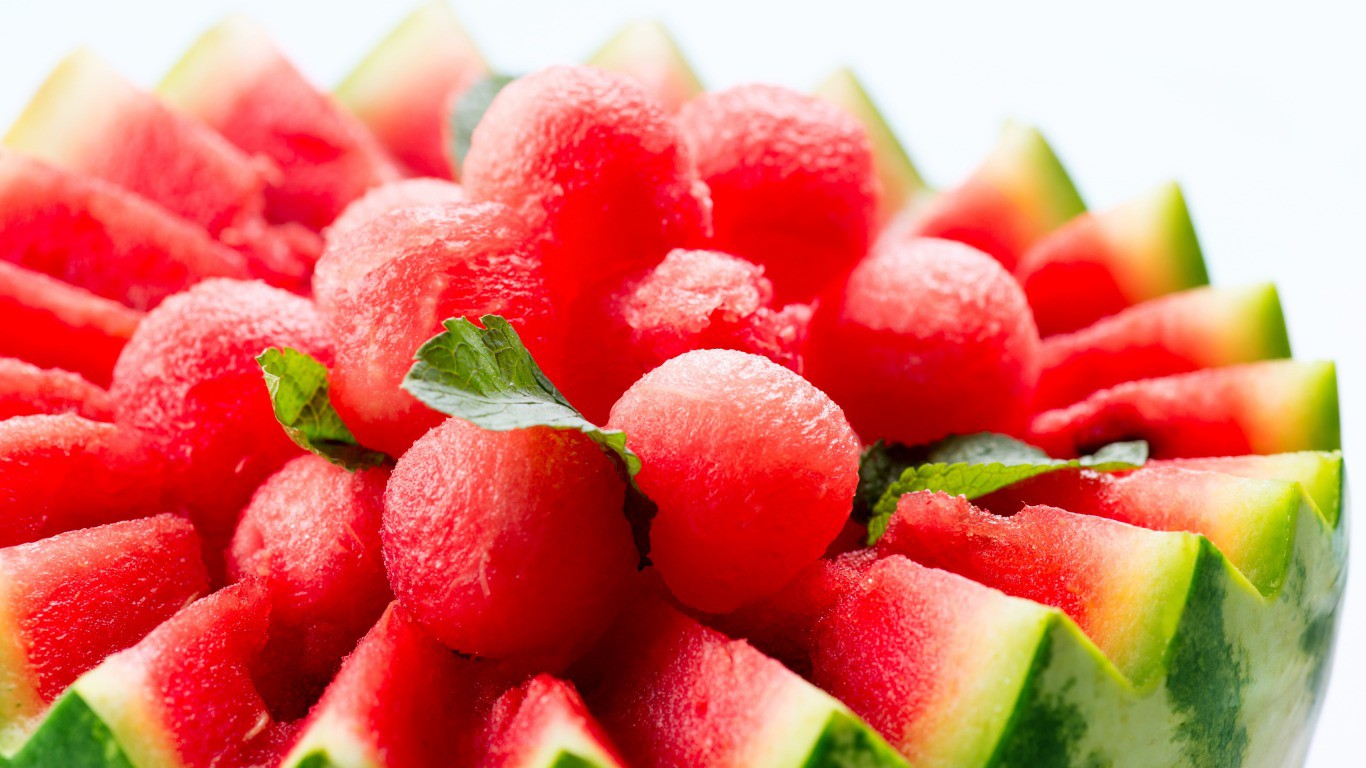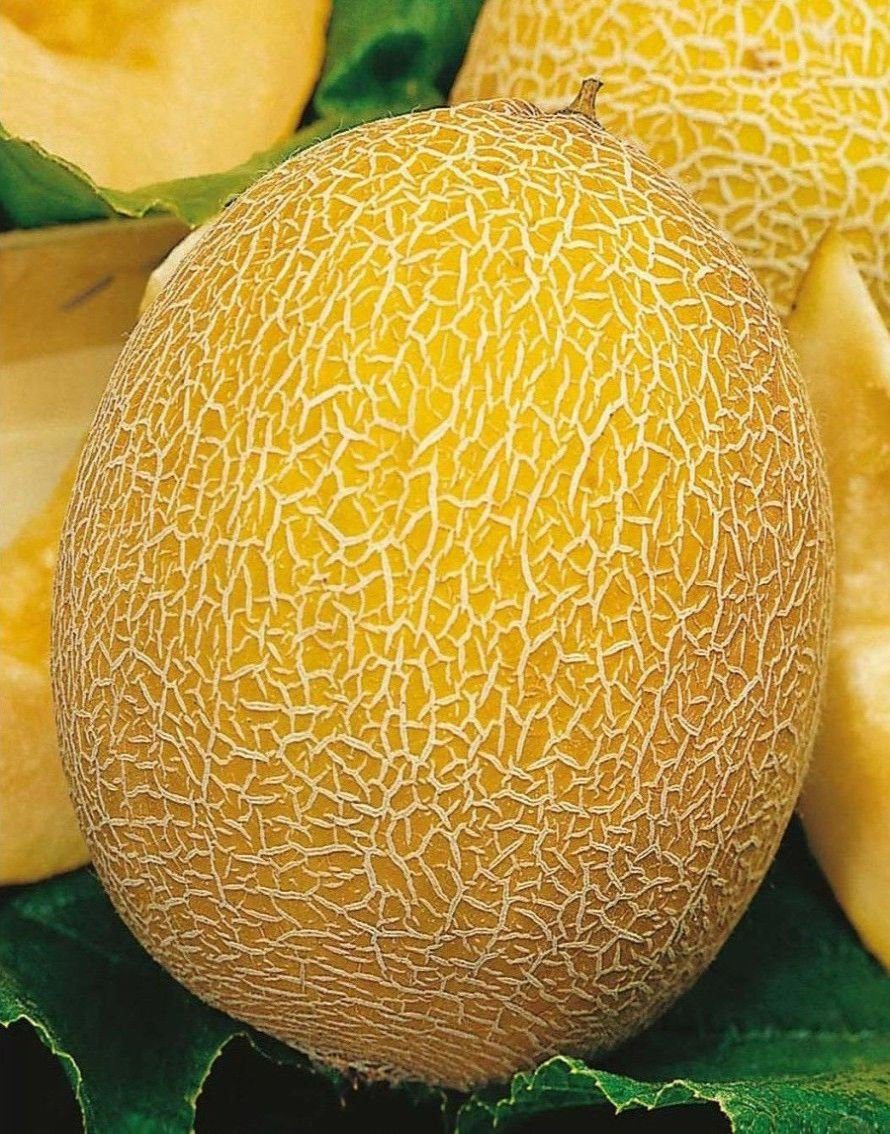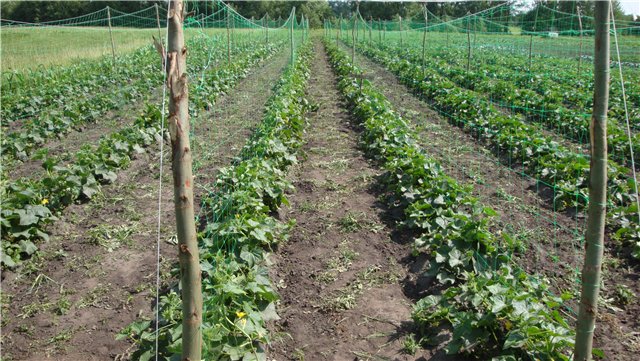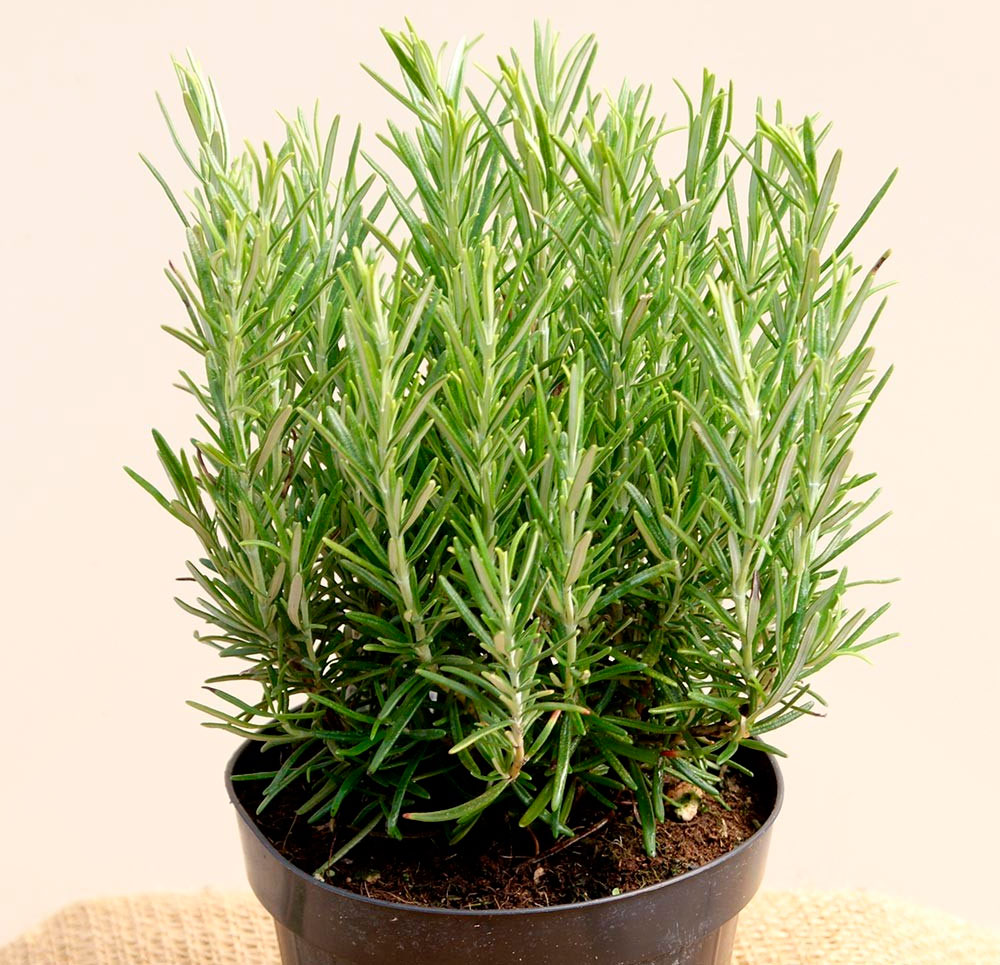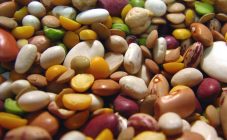Content:
Growing strawberries in Siberia in the open field has become possible thanks to the tireless work of breeders and gardeners, who do everything to ensure that the plants successfully endure the winter and have time to harvest in a short summer. Weather conditions and climate impose features not only on the choice of the variety, but also on the conditions of planting and care. This is the only way to get a harvest of fresh and tasty berries in Siberia.
General information about the culture
Fresh berries are eaten in all regions, gardeners are trying to grow them on their own. Strawberries are cultivated in Irkutsk; even the Siberian and Novosibirsk regions are not intimidated by their cultivation. True, in winter, the shoots of the plant often freeze, and in spring they are affected by frosts. That is why breeders are trying to adapt early frost-resistant varieties to this climatic region, and gardeners are inventing simple ways to help the bushes survive the cold.
Wild varieties of strawberries were found everywhere, and Altai was no exception. However, people were able to appreciate the taste of healthy berries only in the 18th century. In the Paris Botanical Gardens, Chilean and Virginian strawberries were randomly crossed. The result was a plant whose berries, in terms of taste and aesthetic characteristics, eclipsed all previously known varieties. In Russia, they became interested in strawberries during the time of Tsar Alexei Mikhailovich, who first began to grow this crop in his own garden.
Suitable varieties of strawberries for Siberia should have the following characteristics:
- increased frost resistance;
- the ability to quickly regenerate leaves and stems to replace frozen plants (a beardless variety is not suitable);
- increased immunity to diseases and pests;
- good transportability.
The varieties most accurately meet these requirements:
- Amulet;
- Berdskaya early;
- Daryonka;
- Kama;
- Maryshka;
- Omsk early;
- Tanyusha;
- First grader, etc.
The amulet is a medium-ripening variety. Strawberries at the stage of technical ripeness have a dark red color, the shape of the berries is cone-shaped. A distinctive feature is a rich sweet taste, which all family members will surely enjoy, and a very strong classic aroma. The use of fruits is universal, they are suitable for long-distance transportation.
Berdskaya early strawberry differs from competitors in its increased resistance to the negative effects of pests or pathogens. Frost-resistant variety, undemanding in care. The yield is not too high, but the fruits are of excellent taste, fragrant and with early ripening. When strawberries of this variety begin to ripen, they acquire a scarlet matte color. The berry has a conical shape.
Tanyusha strawberry bushes grow powerful, grow well green mass. The description of the variety indicates that the plant is undemanding in care, it tolerates drought and severe cold very well. The berries are deep red in color, with a glossy shine, excellent taste and medium ripening.
Strawberry Kama got the popular name Black Prince. One bush gives up to 1 kg of berries. The fruit is large, weighing about 40 grams, with high marketability and taste. The disadvantage is susceptibility to gray and brown rot.It is a very winter-hardy species, which, with timely preventive treatment, will certainly delight the crop.
Optimal planting times
In the Siberian climate, strawberries are planted in autumn and spring. In the spring, they try to complete the work before the fourth decade of May. An autumn planting in this region is considered to be sending seedlings to the beds from the end of July to mid-August. This is necessary so that the young strawberry has time to take root well and get stronger before the onset of persistent cold weather.
Choosing a landing site
At the time of planting the bushes in the garden in spring, the air temperature in the daytime should be at least + 8 ° C. The garden bed is located in a sunny and well-lit place. The soil is preferable loose, rich in humus. Strawberries do not tolerate excess moisture, so you should prepare them for good drainage in advance. Garden beds should not be located in areas with a high level of groundwater and the likelihood of flooding. The moisture level in the soil should not exceed 78%. It can be said that the hills and plains are ideal places for growing strawberries. The area must be protected from drafts and winds. The North and the Urals in this matter require a particularly scrupulous attitude, since otherwise the bushes will not overwinter.
Early strawberries, the cultivation and care of which in Siberia require a certain amount of attention and effort, are planted on the beds prepared in advance. Autumn is considered the best time for soil preparation. At this time, compost, any humus or organic fertilizers are introduced. Wood ash is an excellent tool for fertilizing and disinfecting soil. The acidity of the soil should not be higher than 6.5 pH.
2 weeks before the expected planting of strawberries, they dig it up on the site and add compost or rotted manure. Immediately before the landing itself, the earth is loosened to a depth of about 18 cm.
Features of planting and care
For planting strawberries, cloudy weather or evening hours are chosen. Previously, the ground is moderately moistened, holes are made at a distance of 70 cm from each other, and at least 15 cm is left between the plants. The rhizomes should be located vertically, and the root collar should be at the same level with the soil. After planting, the soil is mulched. For this, a material such as a torus or humus is suitable. In the spring, it is necessary to use a covering material, which is removed a couple of weeks after planting the strawberries.
Planting young bushes requires regular, but not too abundant irrigation. Drying of the top layer of the earth serves as a guide. Gardeners' opinions differ on whether strawberries need feeding. Some are convinced that the fertilizer applied during planting is sufficient to provide the planting with the necessary supply of nutrients. Others tend to think that due to the difficult climate, plants require additional fertilization during the period when they begin to bloom and form fruits. For these purposes, complex mineral fertilizers or phosphorus-potassium fertilizers are used, which are especially relevant during flowering.
Neighborhood with weeds is detrimental to strawberries, therefore, the beds must be constantly weeded and loosened the soil. The antennae formed over the summer are removed. A few of the strongest bushes are left for seedlings. Strawberries require periodic transplants, which are carried out once every 3-4 years. In spring and autumn, the beds are cleaned and covered with spruce branches. If in winter there is little snow, then a snowdrift is additionally thrown over the spruce branches with a shovel.
Features of strawberry varieties for Siberia
If the farm has its own greenhouse, then remontant strawberries can be cultivated in harsh conditions.
Varieties for Siberia:
- Crimean Remontantnaya;
- Mount Everest;
- Selva;
- Lyubava.
There is also a remontant variety of strawberries, which are propagated by sowing seeds. As a rule, the north does not provide an opportunity to carry out this procedure directly in the open ground, therefore plants are grown in seedlings. The seed is sown in cups or peat tablets, and then, when spring comes, and warm weather sets in, they dive into the garden.
This kind of remontant strawberry has become very popular among gardeners, the best varieties of which for Siberia:
- Baron Solemacher;
- Rügen;
- Ruyana;
- Alexandria.
Some farmers who have large areas of land or good greenhouses are doing a good business in growing strawberries. Garden strawberries, with proper care, give bountiful harvests, and their fruits in Siberia are quite expensive even at the height of the season.
When the strawberry harvest begins to ripen, Siberians also open the harvesting season. Berries that do not have time to consume fresh are sent for processing. Subject to the conditions of agricultural technology and the correct choice of a variety, even from a small garden bed, you can collect a decent amount of fruits useful for the body. Even an inexperienced novice amateur gardener can cope with the cultivation of garden strawberries, since there is absolutely nothing complicated in this matter. After all, if you have your own garden plot, even in Siberia it is impossible to resist the temptation and not plant at least a few strawberry bushes there. When she begins to sing, the whole family will enjoy the aroma and taste of the berries.
